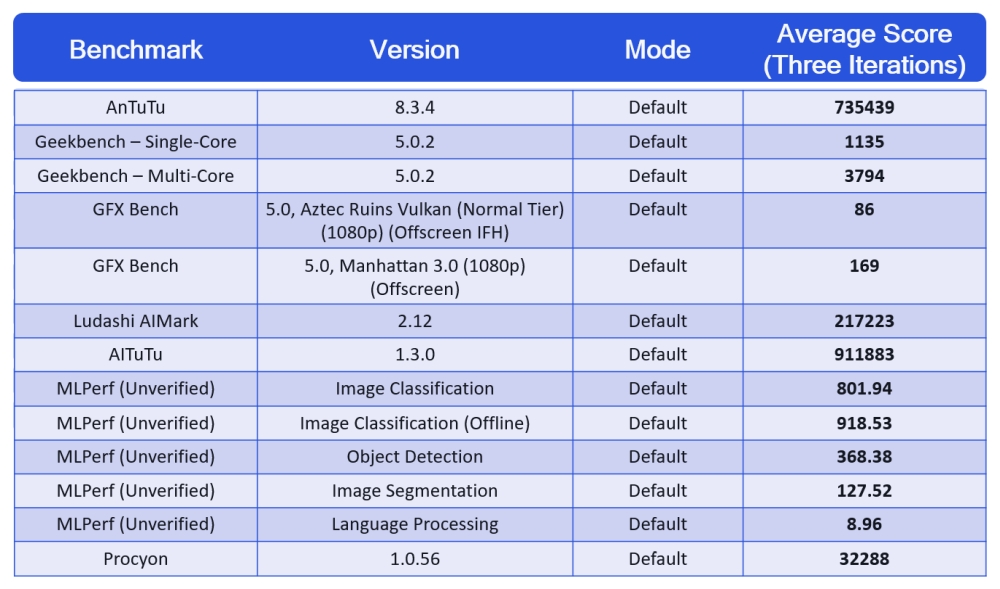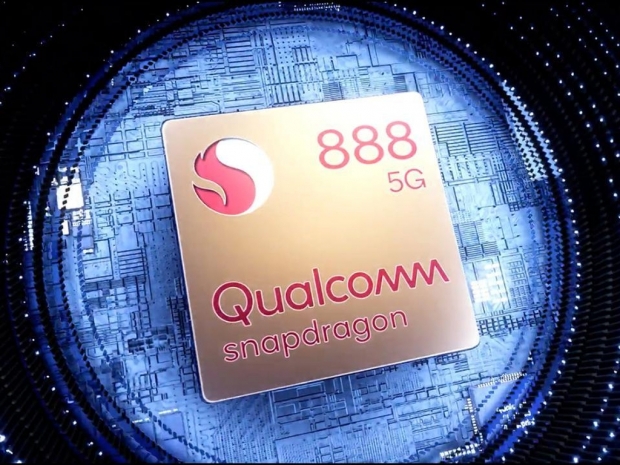Benchmarks were done on a reference device with a 6.65-inch FHD display with a 120Hz refresh rate and running the latest Snapdragon 888 SoC, paired up with 12GB of LPDDR5 and 512GB of UFS 3.0 storage.
Qualcomm did a decent job by running all tests three times which resulted in an average score result in benchmarks which include AnTuTu, GeekBench, GFXBench Aztec Ruins Vulkan and Manhattan 3.0, Ludashi AiMark, AITuTu, MLPerf, and Procyon.

Compared to some other smartphones tested in AnTuTu v8.3.4, the Snapdragon 888 scores 735,438 points, which is a great result, as currently, the Huawei Mate 40 Pro holds a record with a score of 661,059, at least judging from AnTuTu's official ranking list. The iPhone 11 Pro Max hits 638,841 points in the same benchmark.
In Geekbench, the Snapdragon 888 hits 1135 points in single-core and 3,794 points in multi-core benchmark, which is a decent improvement compared to the Snapdragon 865. According to the Geekbench list, currently, the OnePlus 8 holds the Android crown with 886 single-core and 3,200 multi-core results. Apple's iPhone 12 Pro hits 1585 in single-core and 3929 in multi-core benchmark.
On the GPU side, GFX Bench shows a result of 86 FPS in Aztec Ruins Vulcan (normal tier, off-screen) test and 169 FPS in Manhattan 3.0 (1080p, off-screen) benchmark. For example, Asus ROG Phone 3, with Snapdragon 865+ hits 58 FPS and about 130 FPS in those same tests.
Of course, these are Qualcomm's own tests on a reference platform and we can't wait to see some actual performance tests on smartphones with the new Snapdragon 888 chipset, and these should be coming in Q1 2021.




